
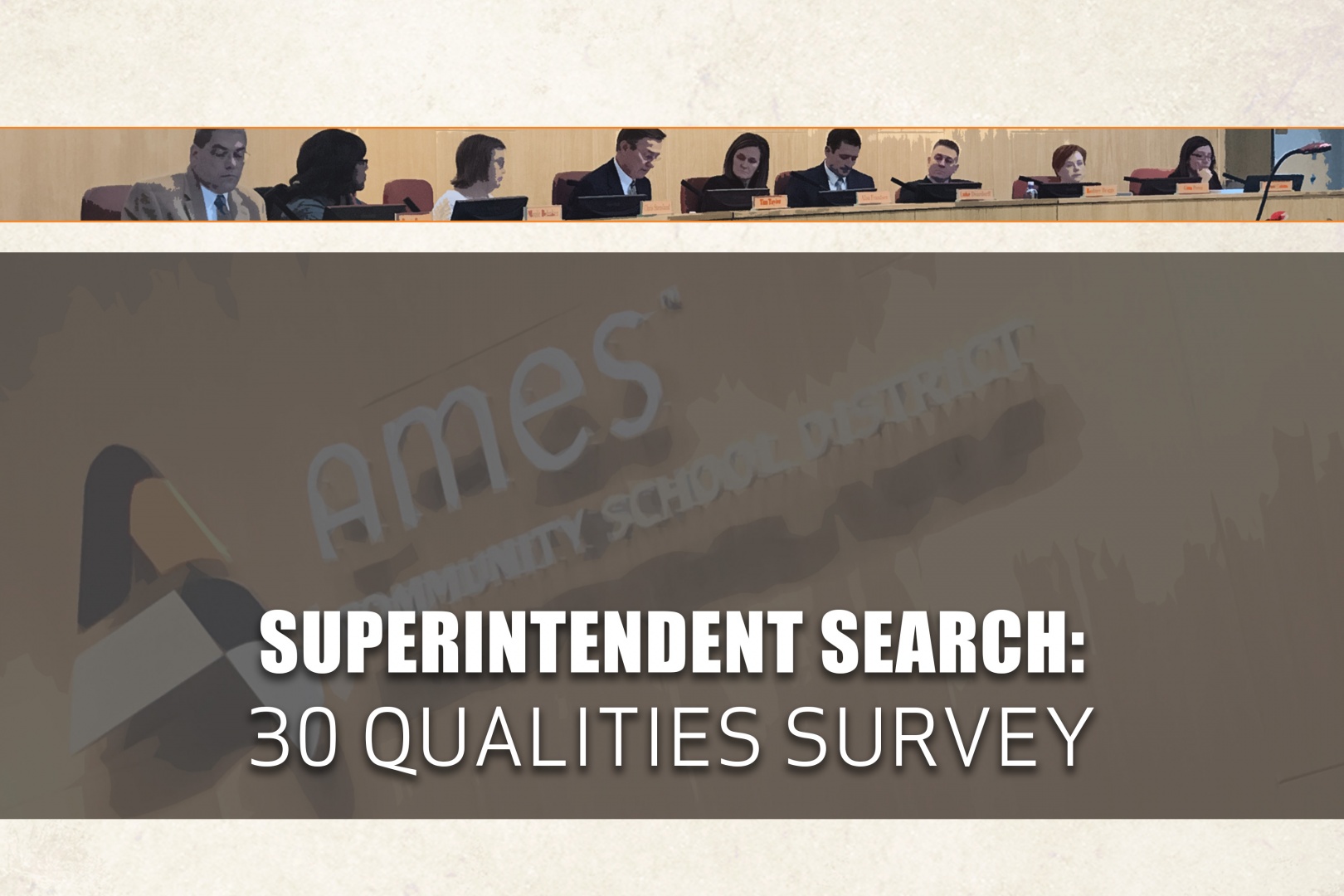
Superintendent Search: 30 Qualities Survey
Dear parents, teachers, and the Ames community, On January 17, as a school board, we chose Ray & Associates as the search firm to help us with identifying candidates for the next Superintendent of the Ames Community School District. As a part of this process, we are seeking feedback on the preferred criteria to consider in our candidates. Below is a link to a survey we invite you to complete. Based on their experience, Ray & Associates has identified 30 criteria of effective school leaders. Please select up to 10 criteria most important to you. There is also an open-ended question for you to identify those things candidates should know about our district and community. The survey will close at 8:00 a.m. on February 9. Additionally, our search firm consultants will be hosting listening sessions with various identified focus groups (teachers and staff, students, parents, building administrators, and community leaders). The public is invited to participate in a focus group with our consultants on February 5, 5-6 pm in the District Board Room. As we move through this process, we will strive to keep you informed as much as possible. A timeline detailing the process will be posted to our website in the upcoming days. Thank you for your support during this important process! Sincerely, Alisa Frandsen Ames School Board President
Read moreDepartment of Education officials talk Iowa Core in Ames
Representatives from the Iowa Department of Education stopped in Ames Tuesday night to deliver a presentation and answer questions regarding the Iowa Core, the state’s…
Read more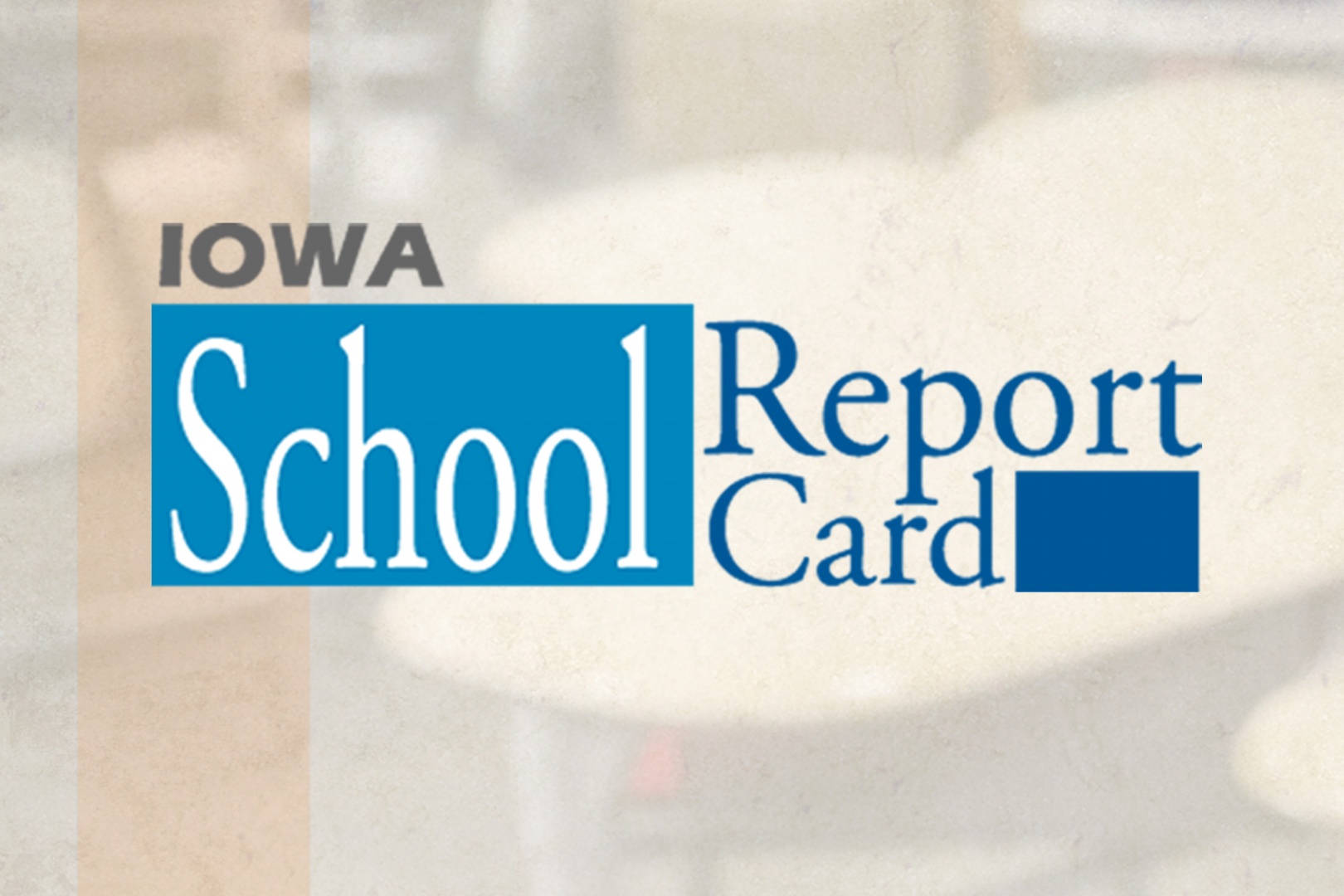
Iowa School Report Card 2017
The Iowa Department of Education released the annual Iowa School Report Card, the state’s web-based school ratings system, on December 13, 2017. The Iowa School Report Card, which was launched in 2015 as part of a state legislative requirement, rates individual public schools on measures of student achievement, as well as other factors. They include student proficiency rates in math and reading combined, student academic growth, narrowing achievement gaps among students, college and career readiness, student attendance, graduation rates, parent involvement, and staff retention. Based on each school’s performance over a two-year period, the report card assigns one of six ratings: Exceptional, High-Performing, Commendable, Acceptable, Needs Improvement, and Priority. Celebrations: The Iowa School Report Card bases the majority of its measures on the Iowa Assessment results. As a result, it showed an overall decline in proficiency rates across the state. In Ames, however, all 7 schools (high school, middle school, 5 elementary schools) show student proficiency rates above the state average. The overall rankings for 6 schools in Ames are within the “Commendable,” while Fellows Elementary garnered a “High-Performing” ranking. A point of pride for Ames High School is the College and Career Readiness mark of 70.2%. The state average in that category is 39.5%, clearly showing Ames High students preparedness toward the next step in their lives.
Read more
Enrollment in Ames Up Big for the 2017-2018 School Year
Certified enrollment across the state was finalized in November, and the Ames Community School District is +112 students from a year ago.
Read more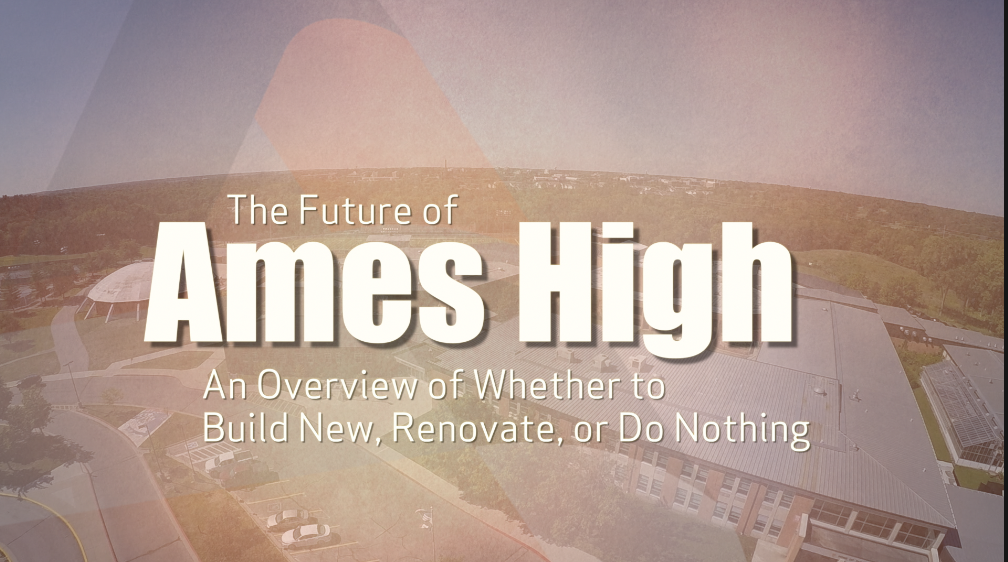
The Future of Ames High: An Overview of Whether to Build New, Renovate, or Do Nothing
https://www.youtube.com/watch?v=86Xt9ShPZT8 Next spring, the Ames community has a big decision to make regarding what to do with the high school. Do we build a new one? Renovate? “Do Nothing?” It’s a complex issue with a lot of things to consider, but we hope to explain many of the questions we’ve been hearing to keep you informed. Why do we need a new high school? Where will we build it? We’ll do a quick study on school finances, looking at how much each option will cost and how that decision will impact taxpayers. Finally, how will this decision benefit students? Because after all, schools are for kids. Current State Initially built in 1960, our current building as it stands today has 15 additions and 13 elevation changes. The first addition was put on in 1962, offices were added in 1963, the pool in 1965, and then a gymnasium was added on in 1966. When Haila Architecture did their Phase 1 study, they found that with the exception of the pool and a few other areas, the overall exterior structure is actually okay. It’s the interior that’s becoming more of a functional challenge. Some of the major concerns cited in the Phase 1 study include the circulation of students within the building, accessibility, along with security features. Hallways within the high school are tight and with the many additions, it is not laid out efficiently. Although the building is ADA compliant as far as accessibility, if you’ve ever been in the high school, you know it can be difficult to get around, especially in the fine arts wing. Additionally, the building has far too many exterior doors and lacks some of the security features that our new building have.
Read more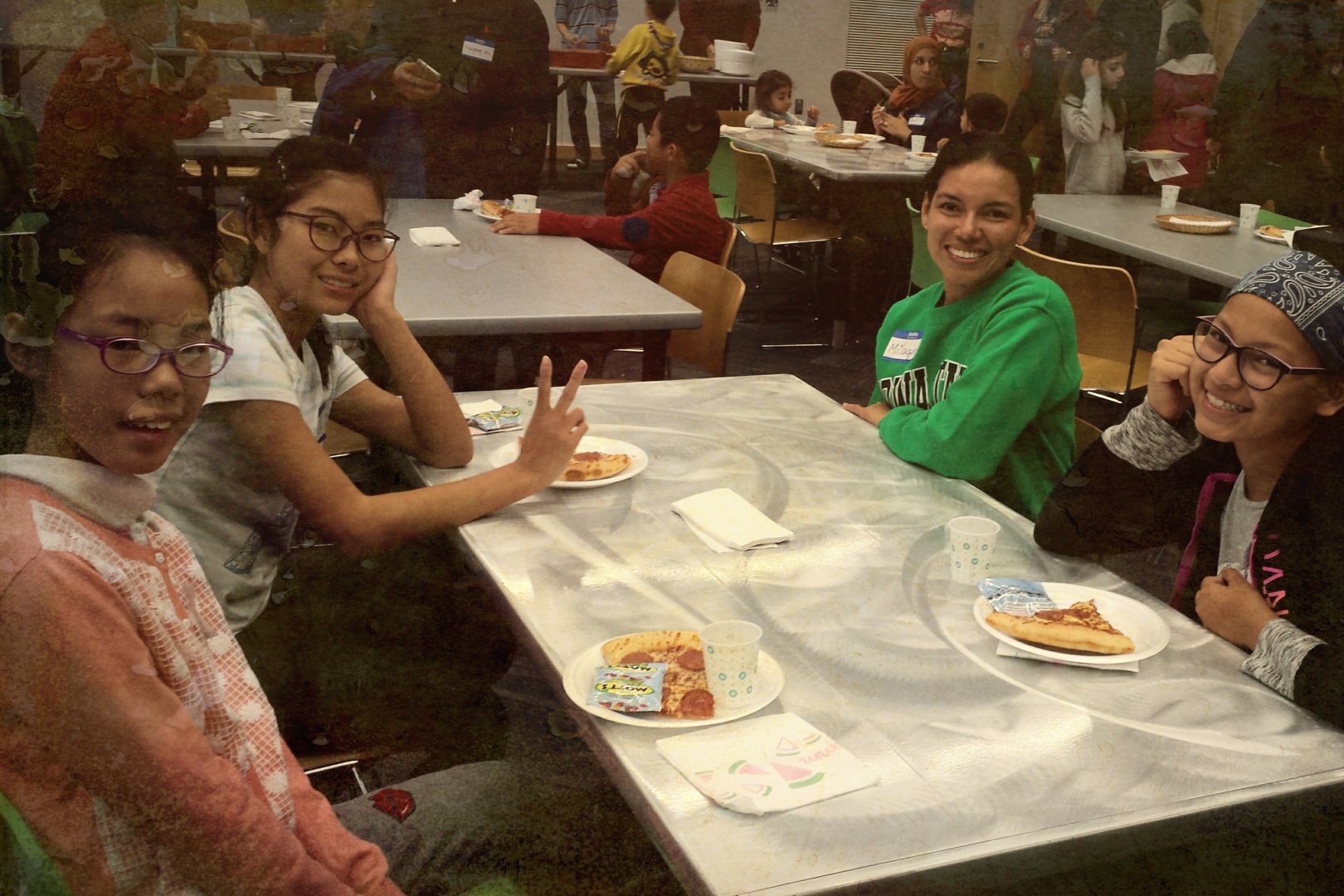
ESL Bookland Night at Ames Public Library
ESL Bookland Night took place at the Ames Public Library on October 13, 2017, and was organized in collaboration with the Ames Community School District (ACSD), the Ames Public Library, and the Future Teachers - Future Leaders Learning Community at Iowa State University. The event was a great social function for students and families who have English as their second language and an opportunity to distribute books to families to support literacy. The after-hours event saw 141 attendees (ESL students and family members) and approximately 40 ISU students who assisted with the activities. In total, approximately 200 individuals including Ames Public Library, ISU, and ACSD staff were in attendance. Shaeley Santiago, K-12 ESL TOSA / Instructional Coach for the ACSD, said “It wouldn't have been possible without each of our ESL teachers handing out invitations and encouraging students to attend, and volunteers arranging their Friday evening so they could be there, too.”
Read more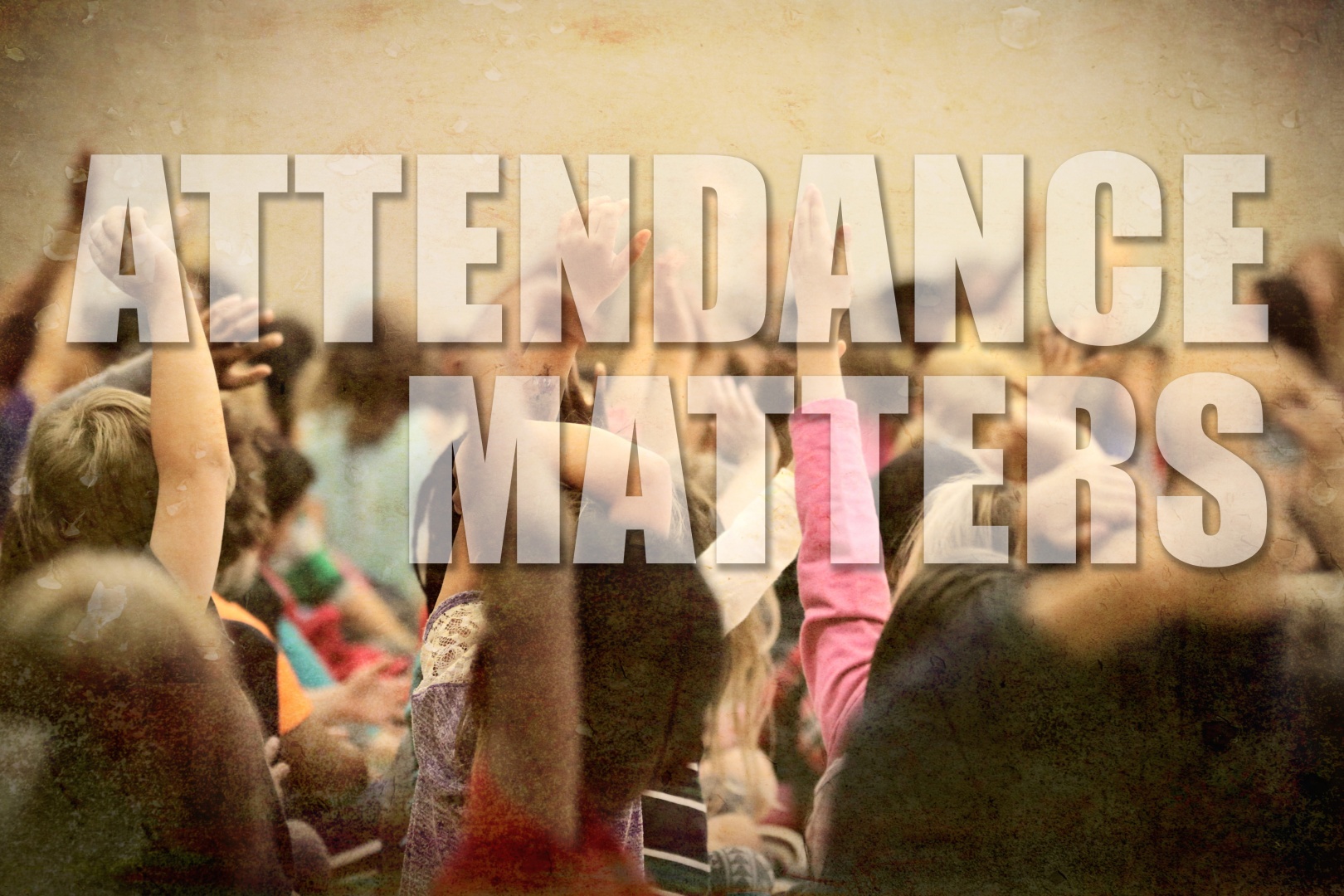
An Emphasis on Attendance
Student attendance is an important predictor of success in the classroom. Only through attendance and class participation do students achieve the benefits of our education program within the Ames Community School District. Learning lost due to an absence can have a profound effect throughout the school year, and we are placing a greater emphasis on communicating absences with parents this school year. Our previous attendance policy stated that communications would be sent home after 10 absences. The board supported a proactive approach to addressing chronic absenteeism and on August 21, revised the attendance policy to the following:
Read more
Tackling the Racial Disparity Gap: Step One
On May 25, 2017, the School Improvement Advisory Committee (SIAC) met to discuss the 2016-17 goals recommended by District content teams, and reviewed and analyzed the 2017 Iowa Assessment Data. They recommended District goals based on this data, that we, as a District, are required to report in our Annual Progress Report (APR) to the Iowa Department of Education. During the analysis of subgroup data, SIAC uncovered with quantitative evidence that African-American students were underperforming compared to all other subgroups. Dan Andrews, the Data, Assessment and Program Evaluation Coordinator for the District, presented these findings at the July 17 school board meeting. The achievement gap is considerable and much more than a statistical anomaly: a 28.11 percentage point gap in reading, 33.73 percentage points in science, and 33.91 percentage points in mathematics. This kind of achievement gap is not unique to the Ames community. In fact, African-American students are underperforming white students across the United States on high stakes standardized tests. In the past couple years, this achievement gap has become a topic in national publications like The Atlantic, U.S. News, and CNN, among many others, where the articles cite studies and show graphs similar to what the SIAC team reviewed. The authors talk about how students in the same building do not receive the same education, or have access to the same academic opportunities, and they call for schools to become agents of change and reform. We agree and believe we can do better in the Ames Community School District. The difference with the SIAC data compared with those in the national publications is that the SIAC numbers reflect students within the Ames community. Those numbers, and more importantly, those students, can be directly impacted within our buildings.
Read more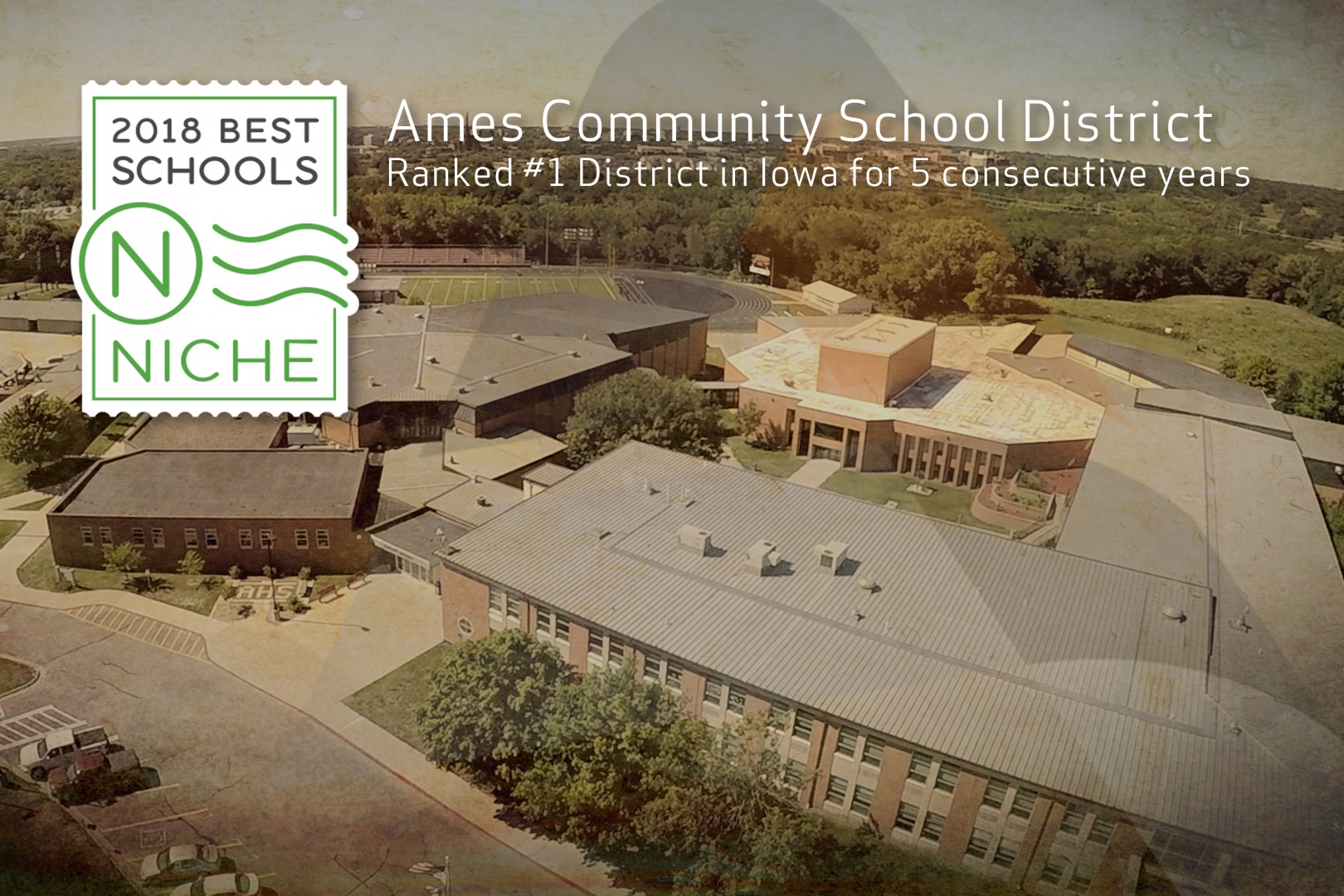
Ames CSD Ranked #1 again by Niche
On August 7, Niche released their 2018 K-12 Rankings of the best schools in the country. For the fifth consecutive year, the…
Read more
Little Cyclone Teacher Academy
During the week of August 7-11, teachers from every building, 135 in total and nearly 40% of our teaching staff, voluntarily participated in the Little Cyclone Teacher Academy at the Ames High School. The week long Academy offered a variety of courses to teachers, allowing them to select from professional development opportunities that they would want to focus on. Examples of the courses included Differentiation for all Learners, Calibrating Conversations, Incorporating Technology into a Gradual Release of Responsibility, Advocacy: a Counter Narrative, Twice Exceptional Learners, and many more. The courses were primarily led by Teacher Leaders in the District, a few administrators, along with Area Education Agency (AEA) staff. It was a great way for teachers to get back into the swing of things, collaborate with colleagues, and brainstorm about the upcoming school year. On Thursday of that week, the entire group participated in a PLC Workshop led by Jack Balderman from Solution Tree. He provided practical ways to effectively implement the professional learning community (PLC) process in their buildings, with a focus on developing strategies to make it as authentic and useful as possible.
Read moreDiscover More from Ames CSD
